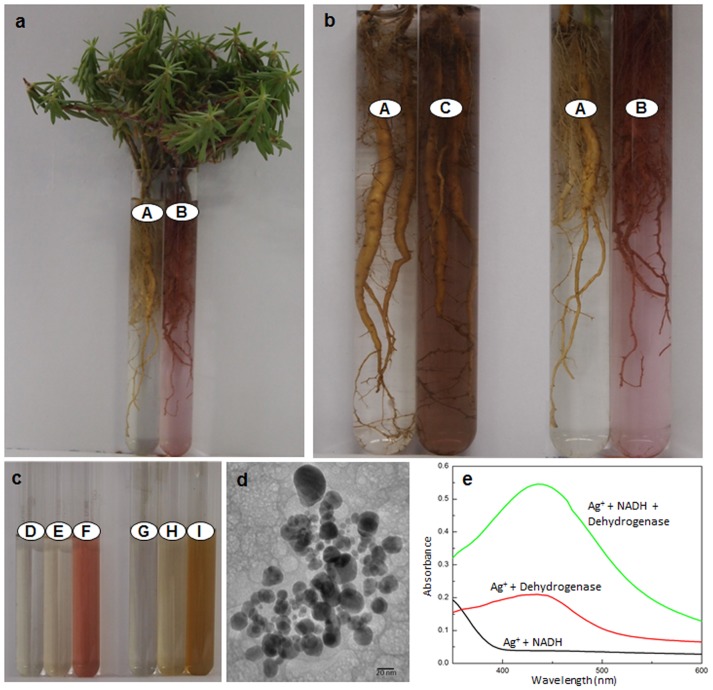Figure 11. Evidences demonstrating - the presence of dehydrogenases in association with root surface cells (a, b); and the potential of dehydrogenases to reduce triphenyltetrazolium to triphenylformazan and Ag+ to Ag0 (which in turn generate Ag0/Ag2O-nanoparticles) (c).
(a) and (b) displays root system of intact plants of Portulaca grandiflora incubated in phosphate buffer (pH 7.6) in absence (A) and presence of triphenyltetrazolium chloride (B) or AgNO3 (C). Note colour change due to formation of triphenylformazan (B) and silver-nanoparticles (C). (c) depicts tubes with reaction mixture (100 mM phosphate buffer pH 7.6) containing - root enzyme extract with NADH (D); root enzyme extract with triphenyltetrazolium chloride (E); root enzyme extract with triphenyltetrazolium chloride and NADH (F); AgNO3 with NADH (G); AgNO3 with root enzyme extract (H); and AgNO3 with root enzyme extract and NADH (I), 6 h after incubation at 37°C. Please note colour change due to formation of triphenylformazan (F) and silver nanoparticles (I). (d) shows silver nanoparticles from tube (I) formed due to dehydrogenase activity in presence of NADH. (e) depicts absorption spectra of the reaction mixtures from tubes (G), (H) and (I). Note silver nanoparticle specific absorption peak that intensified due to dehydrogenase activity in presence of NADH.

